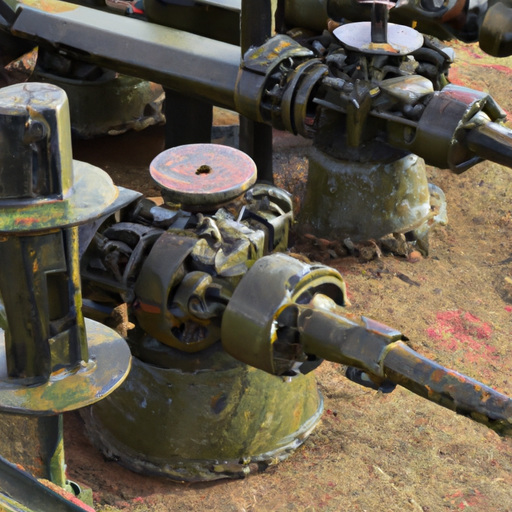The Versatility and Efficiency of Manual Tong Q Type in the Oil and Gas Industry

Introduction:
In the dynamic and demanding oil and gas industry, the selection of reliable and efficient tools is crucial to ensure smooth operations and maximize productivity. Among the various equipment, the manual tong Q type has emerged as an indispensable tool for handling tubular goods. In this article, we will explore the features, applications, and benefits of the manual tong Q type, highlighting its significance in the industry.
Understanding the Manual Tong Q Type:
The manual tong Q type is a specialized tool utilized in the oil and gas industry to safely and efficiently handle drill pipes, casing, and tubing during drilling, completion, and workover operations. It is designed to provide a secure grip on the tubular goods, enabling precise control over their movement. The tong consists of two biting jaws that clamp onto the pipe, providing the required torque to tighten or loosen connections.
Features and Design:
The manual tong Q type is designed with several key features that enhance its functionality and versatility. Firstly, the tong is manufactured using high-quality alloy steel, ensuring durability and resistance to wear and tear. The jaws are precision machined to fit various pipe sizes, providing a secure grip without damaging the surface. Additionally, the tong's handle is ergonomically designed for ease of use, minimizing operator fatigue during extended periods of operation.
Applications of Manual Tong Q Type:
1. Drilling Operations: During drilling activities, the manual tong Q type is utilized for making up or breaking out drill pipe connections. It allows operators to efficiently tighten or loosen the threaded connections, ensuring proper sealing and preventing leaks that could compromise drilling operations.
2. Casing and Tubing Running: The manual tong Q type is also extensively used in running casing and tubing. It provides a reliable grip on the pipe, allowing operators to guide it into the wellbore with precision. This ensures the proper alignment of the pipe and facilitates efficient cementing operations.
3. Workover and Maintenance: In workover operations, which involve interventions in an existing well, the manual tong Q type plays a crucial role. It aids in the removal and installation of downhole equipment such as tubing, packers, and subsurface safety valves. The tong's ability to securely hold the tubular goods enables efficient and safe operations, reducing downtime and increasing productivity.
Benefits of Manual Tong Q Type:
1. Versatility: The manual tong Q type is designed to accommodate a wide range of pipe sizes, making it a versatile tool suitable for various applications. It eliminates the need for multiple tongs, reducing equipment costs and ensuring compatibility with different pipe dimensions.
2. Efficiency: The manual tong Q type allows for quick and precise make-up and break-out of threaded connections. Its ergonomic design and efficient torque transmission enhance operator productivity while reducing the risk of human error. This results in time savings and improved overall operational efficiency.
3. Safety: The secure grip provided by the manual tong Q type minimizes the risk of accidents or injuries during pipe handling operations. The tong's design also prevents damage to the pipe surface, ensuring the integrity and longevity of the tubular goods.
4. Cost-effectiveness: By streamlining operations, reducing downtime, and minimizing the need for additional equipment, the manual tong Q type contributes to cost savings. Its durability and resistance to wear also minimize maintenance and replacement costs, making it a cost-effective investment for oil and gas companies.
Conclusion:

In the oil and gas industry, where efficiency, safety, and reliability are paramount, the manual tong Q type has proven to be an invaluable tool. Its versatile design, efficient operation, and ability to handle various pipe sizes make it a preferred choice for drilling, completion, and workover operations. By utilizing the manual tong Q type, companies can enhance productivity, reduce costs, and ensure the seamless execution of critical tasks.




 8613371530291
8613371530291